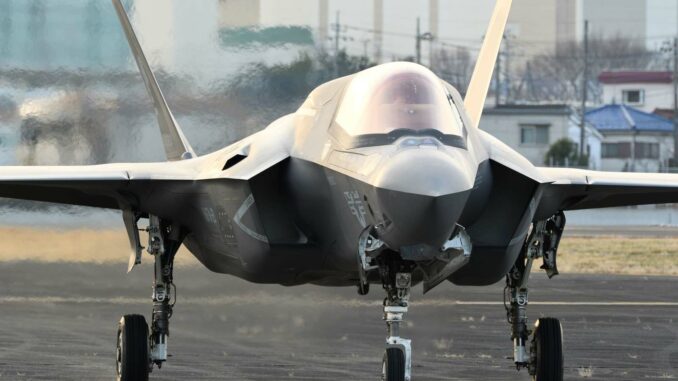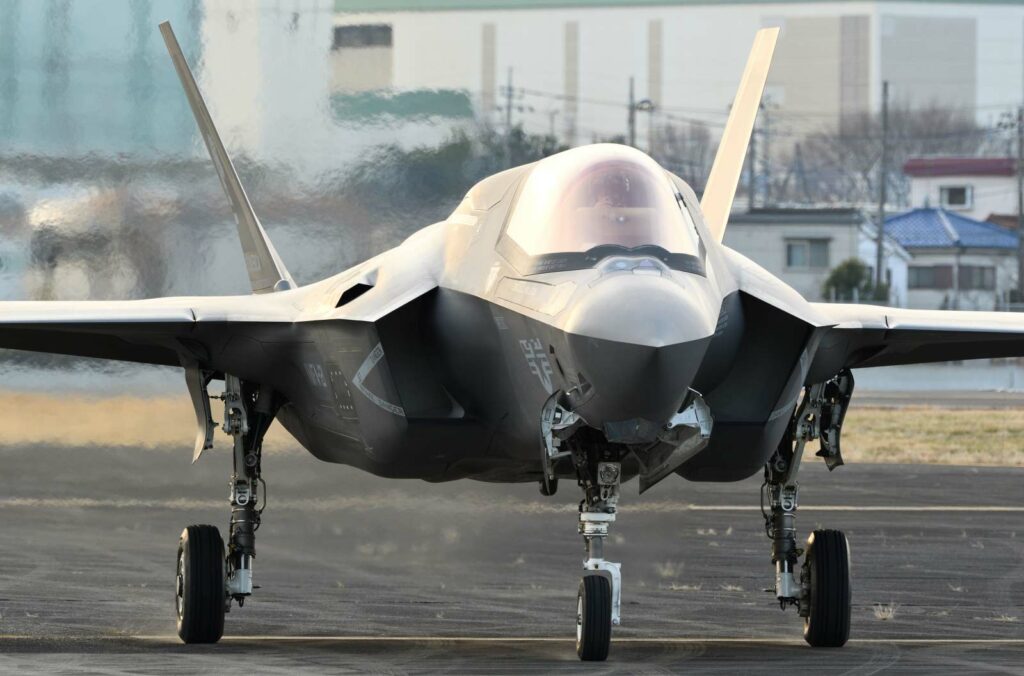
This overview of the F-35 program’s costs and challenges highlights ongoing efforts to control spending while facing operational and availability challenges. Managing this complex program remains a daunting task for the Pentagon, requiring constant adjustments to optimize both performance and financial management of the F-35.
Increasing support and acquisition costs
Total expenditure for the F-35 Joint Strike Fighter is now estimated at over €2 trillion over its lifetime, following a cost review by the Government Accountability Office (GAO). The revision follows the US Department of Defense’s decision to extend the aircraft’s service life to 2088, 11 years longer than originally planned. The majority of this sum, around 1.6 trillion euros, is attributed to support costs, up 44% on the 2018 estimate. Acquisition costs, including the development and purchase of these Lockheed Martin-produced jets, meanwhile, account for around 442 billion euros.
This substantial increase reflects not only the extended life of the aircraft, but also the impact of rising inflation, which makes cost management even more complex, despite efforts to limit expenditure.
Cost control efforts with mixed results
The F-35 Joint Program Office (JPO) has adopted several measures to reduce the cost of supporting the aircraft, including improved contract management and better harmonization of the needs and budgets of the U.S. services. These measures have reduced the annual cost per aircraft from 9.4 million euros in 2014 to 6.2 million in 2022, and the cost per flight hour from 86,800 to 33,600 euros, in 2012 dollars.
Despite these efforts, GAO reports that attempts to reduce costs have had limited success, and that total program costs will continue to rise due to a variety of factors, including inflation and ongoing operational challenges.

Operational challenges and aircraft availability
The GAO report also reveals significant challenges concerning F-35 availability and reliability. Mission availability rates for the F-35A, F-35B, and F-35C variants in 2023 were 52%, nearly 60%, and 62% respectively, all below program targets. These low rates are partly attributable to reductions in planned flying hours and persistent problems such as a lack of spare parts and technical support.
However, the program has achieved, or is close to achieving, 17 of its 24 targets for jet operational availability, excluding maintenance.
Future prospects and planned modernization
To address cost and operability challenges, improvements are planned, including the modernization of the F135 engines manufactured by Pratt & Whitney to increase their power and cooling capacity. However, delays in initiating these upgrades have resulted in missed opportunities to further reduce support costs.
In the long term, these modernization efforts could play a crucial role in reducing operational costs and increasing aircraft availability, although Pentagon officials caution that these efforts will not fundamentally change lifetime support cost estimates for the F-35.
War Wings Daily is an independant magazine.